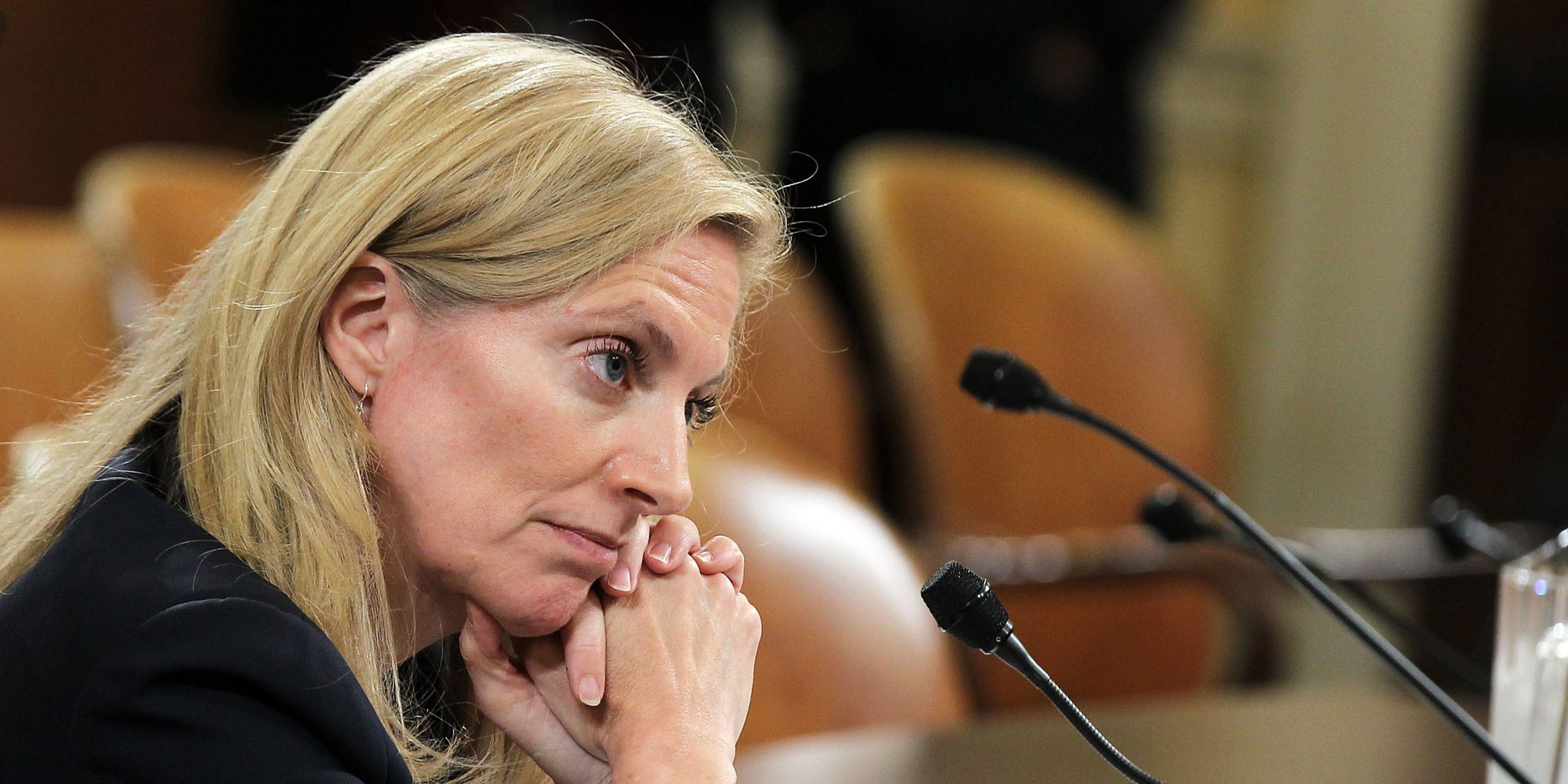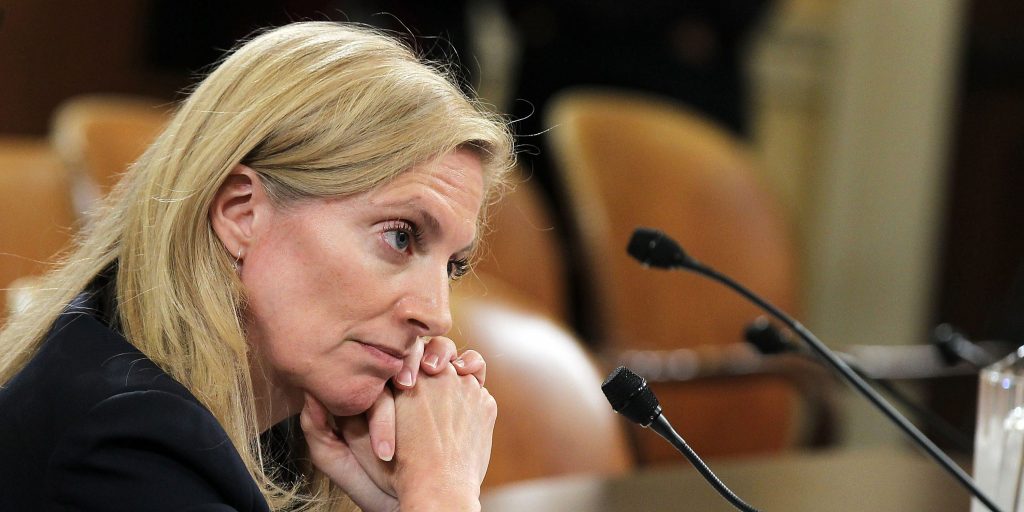
Alex Wong/Getty Images
- Childcare, virus fears, and UI benefits are fueling the labor shortage, Fed Gov. Lael Brainard said.
- The shortage will likely fade by the fall as vaccination continues and the UI benefit lapses, she added.
- Employment "remains far from [the Fed's] goal" but should pick up in the coming months, Brainard said.
- See more stories on Insider's business page.
An unusual imbalance between supply and demand in the labor market is holding back the hiring rebound, but the trend shouldn't last long, Federal Reserve Governor Lael Brainard said Tuesday.
On one hand, job openings soared to record highs in March as the country reopened and businesses looked to rehire. Yet a hugely disappointing April jobs report suggested that, while demand for labor was strong, not enough Americans were looking for work. The phenomenon has since been referred to as a labor shortage, joining the various other supply bottlenecks hindering the economic recovery.
But, like those other bottlenecks, the labor shortage will reverse as the economy heals further, Brainard said while speaking at The Economic Club of New York. The Fed has repeatedly said it expects supply chain issues to be solved as the country returns to a new sense of normal and production capacity bounces back.
Brainard made a similar projection regarding the labor shortage. For one, only about half of Americans are fully vaccinated against COVID-19, meaning millions probably still fear catching the virus. Childcare expenses are also likely weighing on the return to work as parents elect to stay home. And the continued payment of expanded unemployment insurance gives unemployed Americans more time to stay out of the workforce.
It's difficult to "disentangle" any one of the factors from another, but all three should fade in the coming months, Brainard said. Continued vaccination and the start of the new school year will counter virus fears and childcare needs, respectively. Separately, the federal boost to UI payments is set to expire by September and even earlier in at least 24 Republican-led states.
"For all these reasons, the supply-demand mismatches in the labor market are likely to be temporary, and I expect to see further progress on employment in coming months," the Fed governor said.
Accelerated hiring would be a welcome sign as the recovery charges on. Employment "remains far from [the Fed's] goal," with jobs still down by more than 8 million compared to the pre-pandemic norm, Brainard said. That sum grows to 10 million when considering the job creation that would've taken place had the pandemic not slammed the economy.
The progress still to be made backs up the Fed's ultra-easy policy stance, Brainard added. The central bank has indicated it will maintain its emergency asset purchases and hold interest rates near zero in the near term as the economy recovers. Stronger-than-expected inflation has led some economists to wonder whether a policy pullback could arrive sooner than anticipated, but Brainard reaffirmed that tightening isn't yet on the Fed's agenda.
"Remaining steady in our outcomes-based approach during the transitory reopening surge will help ensure the economic momentum that will be needed as current tailwinds shift to headwinds is not curtailed by a premature tightening of financial conditions," she said.

